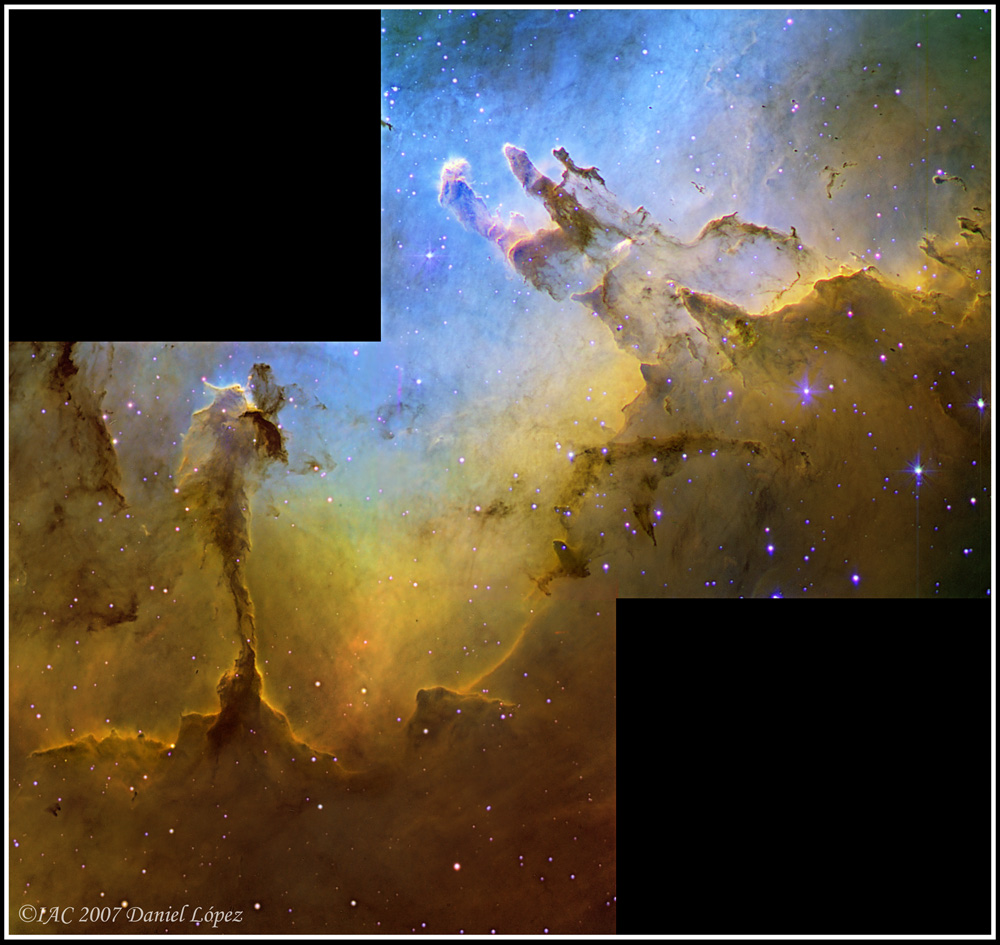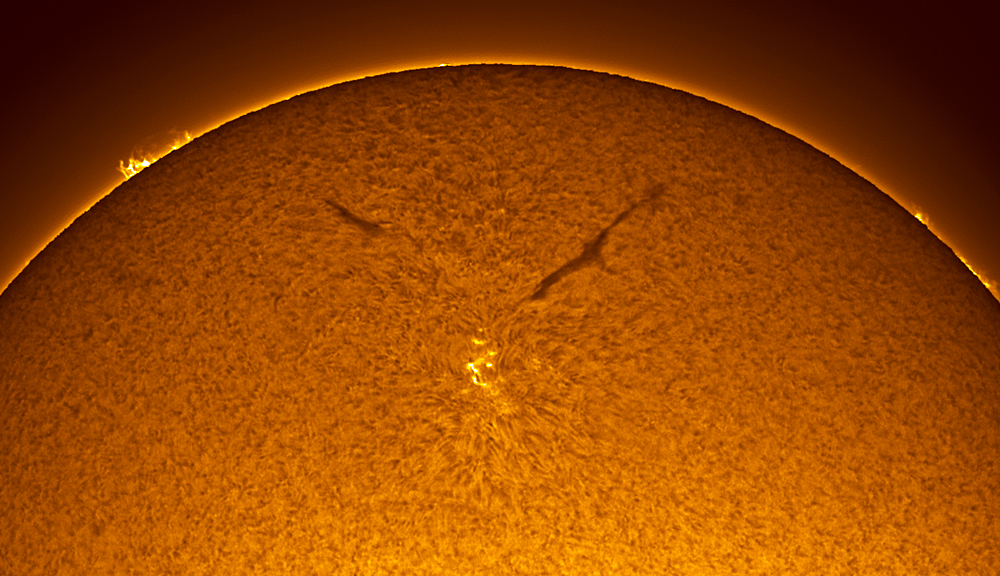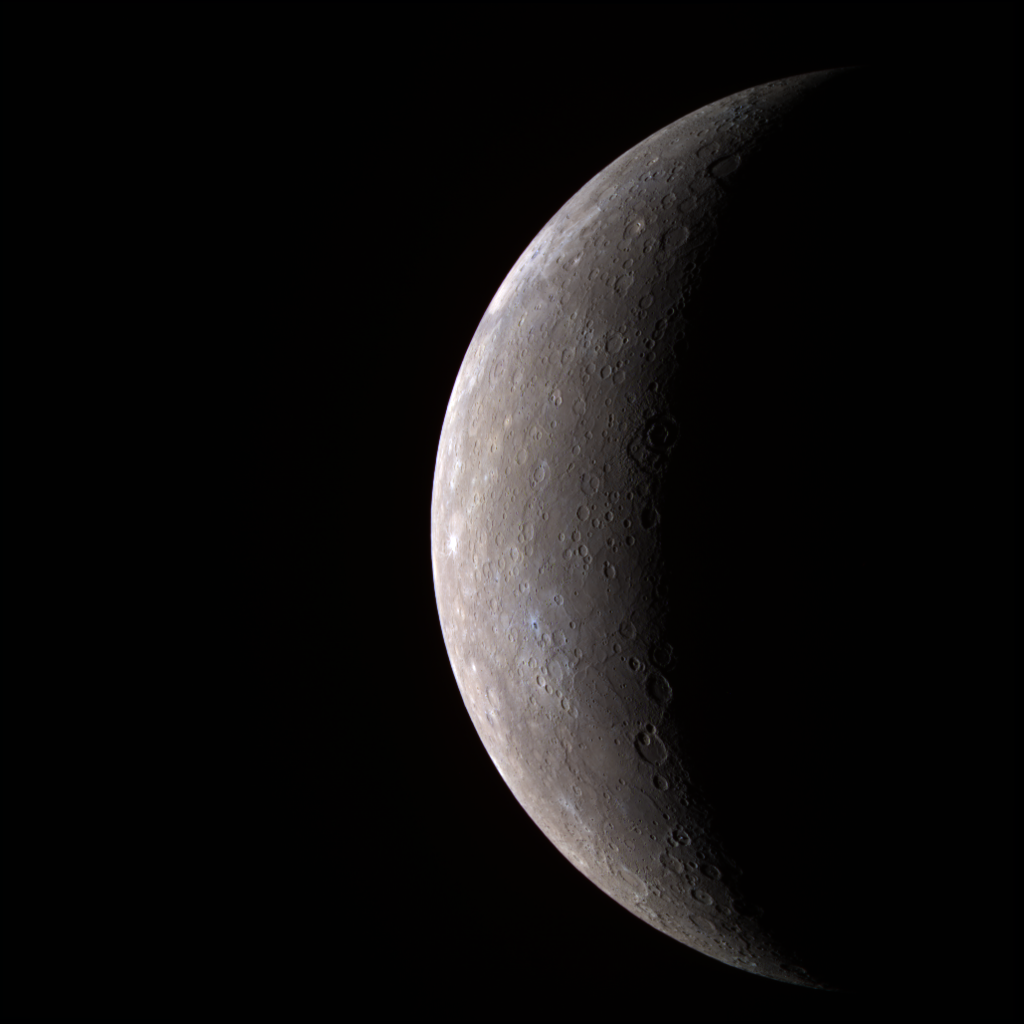
Look, it's our favorite 1995 Hubble Telescope picture of the Eagle Nebula (M16, Serpens) that we studied in class! :D I actually really like this picture, and enjoy the idea of the EGGs in the columns and that's why I chose this picture. And it's just gorgeous. Things like this make people actually interested in Astronomy because they're just amazingly beautiful and almost spiritual.
This is obviously a fake color photo taken of the Pillar of Creation and Fairy, the two features named in the Eagle Nebula.



